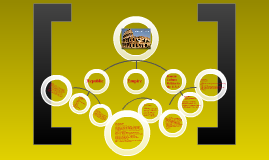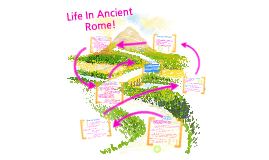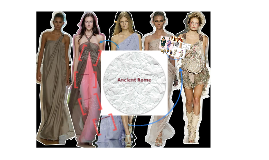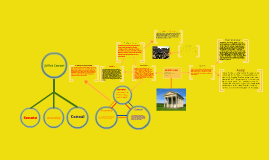Ancient Rome
Transcript: During their battles, Rome trained their armies using swords and shields. They let strong and physically fit men joined the army. They have a way to earn some money and food if they are poor. Getting in was easy but getting out was difficult if you have to serve for 25 years. While during their training, the Roman army was known as the best army. They most fought on foot but later invented new weapons for their army. During the Roman Republic was the first government offical to be created in the Romans. Their three branches are similar to ours. The Senate, Assembly, and the Consul. However after many years it started to fail. The Senate was stealing money, the Assembly was not standing up for the people, and the Consul was attacking other parts of Rome. However a man named Julius Caesar changed the whole government. He created the Roman Empire which help out the people who are poor and has no land. After the fail of the Roman Republic, a man named Julius Caesar created a new one called, the Roman Empire. This made the three branches follow him instead each other. With this he did everything to rebuild Rome back together. He fed the poor who had no money, gave land to all the people, and rebuild the city to make it safer. When Rome had a government offical they decided to let rulers rule over Rome. They had every kinds of leaders, successful ones and failure, and even the cruel and the confusing. One was Octavian Augustus who took over as leader when Julius was stabbed to death. He created the Pax Romana which led Rome to 200 years of peace. A cruel leader named Nero who killed his mother and two wives, it was also rumored that he was laughing when Rome was burning. As Rome had many internal and external problems, it finally collapse when outsiders named Germanic tooked over half of Rome. Mostly of the government and bad leadership caused Rome to be weakened. After the fall of Rome, a man named Constantine split Rome in half. With the city of Rome on the west and a new city called Constantinople in the east. A new empire was also created in the east, which is called the Byzantine Empire. This city lasted more than 1000 years. While Rome was successful, they added something new to Romans. They built the Colosseum which is a arena, where gladiatiors fight each other. They built the Colosseum to entertain the people. In an arena, gladiatiors are actually slaves. Different kinds of armor and weapons are used in this battle. In a case they fight until one of them is dead. However sometimes its not a death win, if one of the fighter fought well against but failed, it is up to the audience or the king to decide if he gets to be alive or be dead. Assembly As Rome had help from the Etruscans, they built a powerful and strong army. While with their army, they fought many wars with their rivals and expanded to almost half of Europe. The Assembly was runned by the plebeians ( the normal people) who stands up for the other people and protects their rights. Senate Source: Social Studies study guide By Quang T. Expansion Assembly The Consuls are runned by the generals of the Roman armies and the one who and when to decide to have a war. They are the ones who mostly obeys the Senates. Colosseum The Fall of Rome Ancient Rome Consul Government Senate Julius Caesar While Rome had a successful army, a bitter rival was at stake, Carthage. Carthage's army was tough like ones of Rome. Both of them caused three long wars ahead. When Rome tried to secertly take Sicily, Carthage was already there. Unfortunatly for Rome, Carthage's boats were successful in water. However when Rome found one of their ships, they copy it to use it against Carthage. The second Punic War lead by Hannibal, a Carthage leader, attacked Rome to gets it revenge. Carthage arrived and destroyed Rome but Rome had a plan to secretly attack Carthages land while the army was fighting. Hannibal had no choice but to go back to his land and help his people. Later Carthage lost and loses their naval boats. The Third Punic war was the last of Carthage. Though they had no army, they still have a trading center. Rome didn't want Carthage to be rich so they burned Carthage to the ground finishing off Carthage forever. A change in government Consul Army The Senate was ruled by patricians (rich man) and is also the oldest and powerful. The Punic War Byzantine Empire Leaders

















